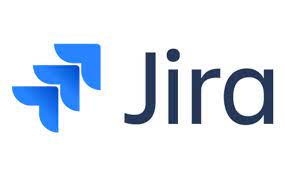

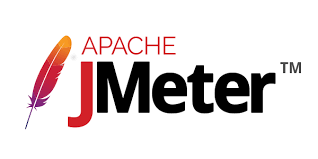


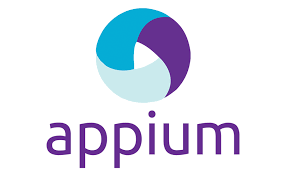

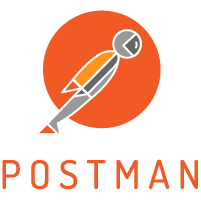
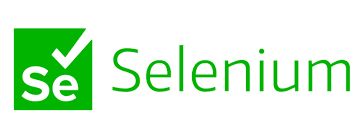

| Software Manaul Testing Training
|
| Smoke Testing |
| Functional Testing |
| GUI(Graphical User Interface)Testing |
| Retesting |
| Regression Testing |
| Accessbility Testing |
| Sanity Testing |
| Alpha Testing |
| Beta Testing |
| User Acceptance Testing |
| Monkey Testing |
| Adhoc Testing |
| Load Testing |
| Performance Testing |
| Stress Testing |
| Security Testing |
| Exploratory Testing |
| Browser Compatibility Testing |
| Compatibility Testing |
| Responsive Testing |
| Adhoc Testing |
Software Automation Testing Training
|
| Functional/UI Test Automation(Selenium Webdriver) |
| GUI Test Automation(Selenium Webdriver + Sikuli) |
| Mobile Test Automation(Selenium Webdriver + Appium) |
| Peformance Testing(Apache Jmeter, BlazeMeter, Load Impact) |
| API Test Automation(Postman, RestClient, Apache Jmeter) |
Software Development Practices
|
| SATDD(System Acceptance Test Driven Development) |
System Acceptance Test Driven Development (SATDD) is software development practice, SATDD approach is to involves all team members with different perspectives (Business, Development & Testing) collaborating to write the UAT, Unit and System test cases in advance, for implementing the corresponding functionality, resulting time saving, avoid rework and timely quality product delivery. The main difference between TDD(Test Driven Development) and SATDD is, in SATDD we focus on collaborative discussions to write the UAT, Unit & System TCs which represent the three perspectives Customer, Development team & Testing team, instead of implementation on basis of already written Unit TCs only
|
Software engineer Surinder Kumar, who is discovered the SATDD the practice in 2023 that SATDD encourages every team member (Business, Development & Testing) collaborating to write the UAT, Unit and System test cases respectively in advance for developing the corresponding functionality, resulting time saving, avoid rework and timely quality product delivery.
|
System Acceptance Test Driven Development cycle
|
1. Create Test cases
First we need to write test cases(UAT, Unit & System TCs) by the Business, Development team and QA team on the basis of requirements.
|
2. Develop the application or functionality as per requirements and written test cases
On the basis of requirements and written test cases, application or functionality should be developed.
|
3. Test cases execution
After development, we need to execute the already written UAT, Unit and System test cases.
|
4. All test cases should pass
If any of the test cases fail, the code must be revised until all test cases pass. This ensures the new code meets the requirements and does not break existing features. It will also work like regression testing.
|
SATDD represents below three perspectives
As a Customer perspective:-
1. What requirements are we implementing or what problems we are solving?
As a Development team perspective:-
|
2. How can we implement the requirements or resolve the problem?
As a Testing team perspective:-
|
3. The implementations are as per defined requirements or developed resolution actually solving the problems?
|
Expected benefits
|
SATDD favors the implementation designed to be easier to UAT, Unit and System tests for business, code and User interfaces respectively to all types of testing. SATDD's main benefits are time saving, avoiding rework and quality product delivery on time by collaboration of all team members.
Time saving, Avoid rework and Deliver quality products on time with SATDD
|
3. The implementations are as per defined requirements or developed resolution actually solving the problems?
|
Time saving
Development team implementing the requirements and testing team find the bugs and development team resolve the bugs, question is why Testing team able to find the bugs. If we are working as a team why can't we collaborate with each other to share our thoughts for requirements improvements if any we can do, for adopting the best approach for implementation; and for test coverage improvement by sharing different test scenarios, why do all the suggestions and issues come up after development which result in bugs?
As per SATDD we write the TCs in advance and on the basis of TCs(UAT,Unit & System). SATDD software development approach helps in saving time in bug fixing, because implementation on the basis of SATDD is based upon Requirements and Test cases(UAT, Unit & System), so we will have less chances for bugs in final testing and it results in time saving in the bug life cycle.
|
Avoid rework
As a team we need to avoid rework, we all know that but still we all are doing rework, not directly but in terms of some aspects we can say we are doing rework. As a team we should think about [Pehley, galti karna phir usey theak karna] this is what we are doing in the software development process. I am not challenging the existing SDLC which we all follow, I am sharing my thoughts, to use SDLC in a way to achieve best results in three main areas, those are Time saving, Avoid rework & Timely quality product delivery.
|
Deliver quality products on time with SATDD
SATDD helps to develop quality products by all the team members' collaboration, it reduces the rework and saves time resulting in delivering quality products on time.
|
Job Placement Assistance & Consultancy
|
| We are providing 100% job placement assistance to our students by Resume creation, Scheduling Interviews, Interview preparation and practice on live projects. |
















